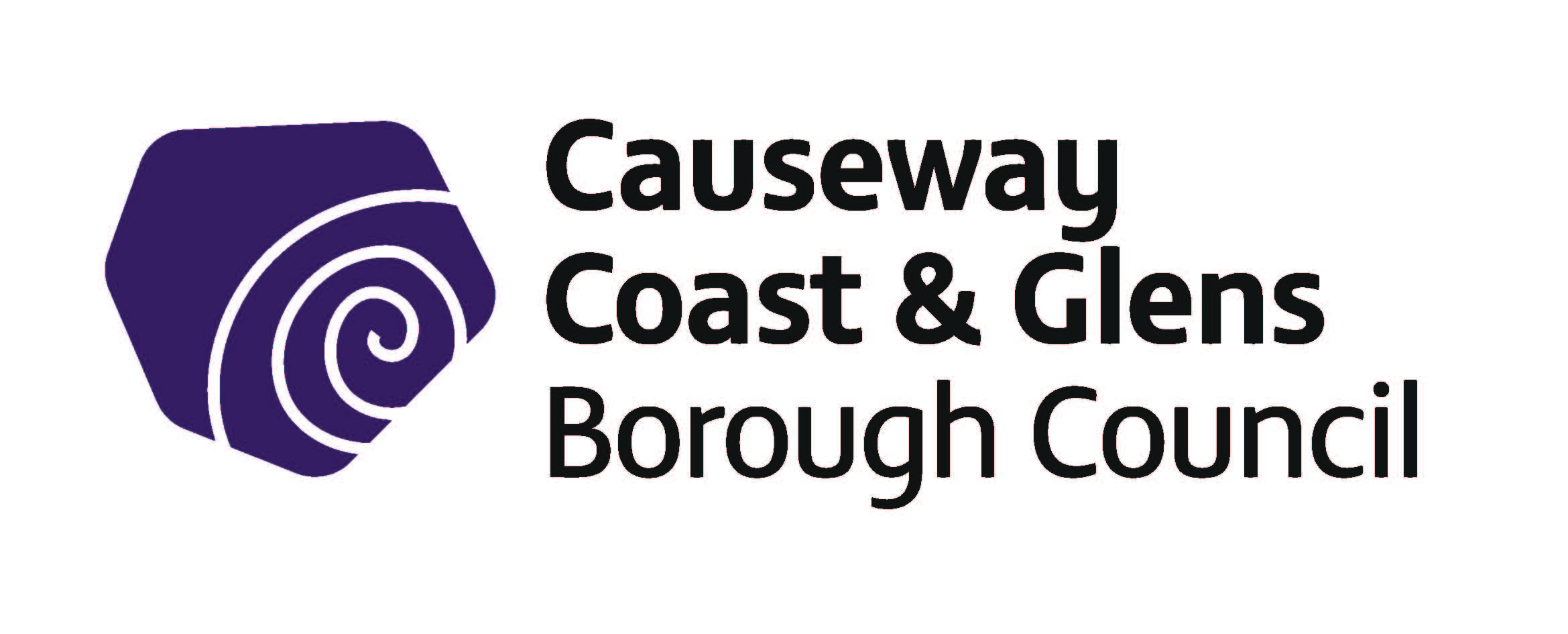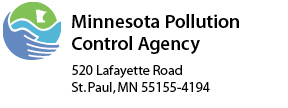10AP17] CLINICAL AND ENDOSCOPIC COMPARISON OF THE SINGLE USE
10AP17] CLINICAL AND ENDOSCOPIC COMPARISON OF THE SINGLE USE
10AP1-7] Clinical and endoscopic comparison of the single use laryngeal mask (AuraOnce™), with the flexible laryngeal mask (Auraflex™) in three different positions of the head
10AP1-7]
Clinical and endoscopic comparison of the single use laryngeal mask
(AuraOnce™), with the flexible laryngeal
mask (Auraflex™) in three different positions of the head
M.
Enric, G. Antonio, B. Ester, M. Maged. Anesthesia, Hospital Sant Joan
de Deu, Esplugues de Llobregat, Barcelona, Spain
Background
and Goal of Study:
Clinical and endoscopic performance of a laryngeal mask can be
modified if the patient's neck is flexed or extended. The aim of the
study is to compare clinical and endoscopic parameters of these two
devices in three different positions of the head (neutral, extension
and flexion).
Materials
and Methods:
61 pediatric patients were enrolled in this study. They were divided
into two groups: Group A (single use LM): n=32, age 48 ±16,
weight 16,03±3,35. Group B (flexible LM): n= 29, age 44±20,
weight 15,5 ±3,23. After inhalatorial induction, we inserted a
# 2 LM. Under spontaneous ventilation, we measured leak pressure and
evaluate glottic view with a 3.8 fibroscope. Glottic view was
classified into three different groups (complete, partial or poor).
Leak pressure and glottic view were evaluated in each position
(neutral, extension and flexion).
Results
and Discussion:
Many studies compare different devices in neutral position, but these
may change if we extend or flex the neck. Goldman described important
leak pressure changes (up to 50%) when we move the patient's head.
Endoscopic view is also modified, improving the glottic view as the
neck is extended. Results are presented in table
1 and 2.
|
Single use laryngeal mask results |
|||
|
|
extension |
neutral |
flexion |
|
Seal pressure (mmHg) |
15,56 ±1,93 |
21,75 ±2,74 |
29,62 ±2,09 |
|
Endoscopic view 1 (n and %) |
15 (46,9%) |
4 (12,5%) |
0 (0%) |
|
Endoscopic view 2 (n and %) |
12 (37,5%) |
14 (43,8%) |
11 (34,4%) |
|
Endoscopic view 3 (n and %) |
5 (15,6%) |
14 (43,8%) |
21 (65,6%) |
|
Reinforced group results |
|||
|
|
extension |
neutral |
flexion |
|
Seal pressure(mmHg) |
18,33 ±2,50 |
24,05 ±1,58 |
30,12 ±3,13 |
|
Complete endoscopic view (n and %) |
7 (24,1%) |
4 (13,8%) |
3 (10,3%) |
|
Partial endoscopic view 2 (n and %) |
15 (51,7%) |
16 (55,2%) |
13 (44,8%) |
|
Poor endoscopic view 3 (n and %) |
7 (15,6%) |
9 (31,0%) |
13 (44,8%) |
Conclusion(s):
Clinical and endoscopic evaluation of a laryngeal mask can be
modified if we change the position of the head. These changes are
relevant, and can reach up to 50% in A group, while seems to be lower
in the flexible group. Endoscopic view is also modified in both
groups but more in the single use group than in flexible one. It
seems that the flexibility of the tube permits better fitting of the
mask to pharynx anatomy, when patient's neck is extended or
flexed.
References:
Kai Goldman, Chistian Jakob. A randomized crossover comparison of the
size 2 ½ Laryngeal Mask Airway Proseal versus Laryngeal Mask
Airway Classic in pediatric patients. Anesth Analg
2005;100:1605-10.
Citation:
M.
Enric, G. Antonio, B. Ester, M. Maged. Clinical and endoscopic
comparison of the single use laryngeal mask (AuraOnce™), with
the flexible laryngeal mask (Auraflex™) in three different
positions of the head. Eur
J Anaesthesiol 2008;
25
(Suppl 44):
10AP1-7
Date:
Saturday, May 31, 2008
Session
Info:
10 - Paediatric anaesthesia and intensive care - 10AP1
Presentation
Time:
01:15 PM- 02:45 PM
Room:
Hall A1 - ROW 3B
Tags: comparison, clinical, endoscopic, 10ap17], single
- FITXA DE SUBSCRIPTOR CREACIÓ INICIAL CANVI DE DADES 1
- INDICE DE TABLAS TABLA 1 ESTIMADORES PARA LA
- EL TEXTO LA NARRACIÓN 6 COMUNICACIÓN – TEMA 3
- THE FOLLOWING HAS BEEN POSTED ON THE PANAMANIAN SECURITIES
- LOKALNA STRATEGIA ROZWOJU LOKALNEJ GRUPY DZIAŁANIA „DORZECZE BOBRZY” MIEDZIANA
- QUESTÕES E DEBATES EDUCACIONAIS NA REVISTA “CIDADE NOVA” (20002006)
- IRODALOMELMÉLET IV BBNMI 01400 RADVÁNSZKY ANIKÓ 1 A POZITIVISTA
- WOUND MANAGEMENT CORE INFORMATION SUTURING AND BIOPSIES BOB SMITHING
- BUSINESS USE KONTAKTNÍ OSOBA V SOUVISLOSTI S OZNÁMENÍM O
- CURRICULUM VITAE PERSONAL DETAILS NAME DAGMARA PAWLIK BASED IN
- KIEROWNIK FINANSOWY SĄDU REJONOWEGO W CIECHANOWIE UL MIKOŁAJCZYKA 5
- COMUNICADO 0986 PUERTO VALLARTA JAL17 DE OCTUBRE DE 2019
- SENTENCIA DEL TRIBUNAL CONSTITUCIONAL NÚM 1751999 (PLENO ) DE
- EPOSLOVANJE PODSUSTAV EOVLAŠTENJA OBRAZAC ZA DAVANJE PUNOMOĆI ZA PRISTUP
- 4 NORMAS PARA LA MATRICULACIÓN DE LA PRUEBA DE
- PAC REFERENCE NO COMPLETED FORM TO
- POJMENOVÁNÍ A SLOVO PRACOVNÍ LIST Č 5 PROCVIČOVÁNÍ PRAVOPISU
- SECRETARIA DE ECONOMIA LISTADO DE DOCUMENTOS EN REVISIÓN DICTAMINADOS
- UCHWAŁA NUMER 507XXXVII 2017 RADY MIASTA CIECHANÓW Z DNIA
- PUBLIKACJA OŚRODKA ENTERPRISE EUROPE NETWORK PRZY IZBIE PRZEMYSŁOWOHANDLOWEJ W
- BOLETÍN DE INSCRIPCIÓN JORNADA PRÁCTICA SOBRE MEDIACIÓN CONCURSAL (28
- NOTE TO STUDENT WHEN MODIFYING THIS DOCUMENT CHANGE ONLY
- SOPA DE TOMATE S E PONE A CALENTAR ACEITE
- ZAMÓWIENIE PUBLICZNE –SĄD REJONOWY W CIECHANOWIE ZAŁĄCZNIK NR 6
- «НАШ ПОКЛОН ГОРОДАМГЕРОЯМ» МИНСК ХАТЫНЬ БРЕСТ
- JUEVES 8 DE MARZO DE 2018 DIARIO OFICIAL (CUARTA
- Date sun 10 mar 2024 233020 +0000 Mimeversion 10
- REALIZAN CABILDO ABIERTO POR LOS CISNES POR ROBERT HUNTER
- COMUNICADO DE PRENSA INDRA IMPLANTARÁ UN SISTEMA DE MONITORIZACIÓN
- 2 TOWN OF HOOKSETT ASSESSING DEPARTMENT BOARD OF ASSESSORS
EUROPA E IBEROAMERICA EDUARDO CUENCA GARCÍA INDICE INTRODUCCION CAPITULO
STRUGGLES FOR URBAN SPACE ROUND TABLE DISCUSSION WITH
El Presidente Sanz Inaugurará el Próximo Jueves 27 de
Recommendations Tips on Getting Letters That Help! as you
BREVE RESUMEN DE LA DOCTRINA CRISTIANA (AUTO DE APROBACIÓN
INSTRUCTIVO DE LLENADO DEL AVISO DE EXPORTACIÓN TEMPORAL
 COEFICIENTES DE CULTIVO DE GIRASOL BASADOS EN LA EVAPOTRANSPIRACIÓN
COEFICIENTES DE CULTIVO DE GIRASOL BASADOS EN LA EVAPOTRANSPIRACIÓN ASSIGNMENT OF PRAIRIESKY FEE LEASE THIS ASSIGNMENT AGREEMENT (“ASSIGNMENT”)
ASSIGNMENT OF PRAIRIESKY FEE LEASE THIS ASSIGNMENT AGREEMENT (“ASSIGNMENT”)1088 PLEASANT RIDGE DR EDWARDSVILLE II 62025 JANUARY 27
HENDRIX COLLEGE DEPARTMENT OF POLITICS & INTERNATIONAL RELATIONS POLI
 MAYOR’S REQUEST FOR ATTENDANCE FORM 201819 MAYOR COUNCILLOR BRENDA
MAYOR’S REQUEST FOR ATTENDANCE FORM 201819 MAYOR COUNCILLOR BRENDASCENARIUSZ LEKCJI LIST ZIEMI DO DZIECI 1
 RECTANGLE 13 PROSTOKĄT 13 18 LUTEGO 2021 R WARSZAWA
RECTANGLE 13 PROSTOKĄT 13 18 LUTEGO 2021 R WARSZAWA813 NARODOWY BANK POLSKI GENERALNY INSPEKTORAT NADZORU BANKOWEGO
 WEST LIBERTY UNIVERSITY SABBATICAL LEAVE APPLICATION 20112012 ACADEMIC YEAR
WEST LIBERTY UNIVERSITY SABBATICAL LEAVE APPLICATION 20112012 ACADEMIC YEARASIGNACION Nº 5 1 ¿QUÉ PROCEDIMIENTOS SE DEBEN SEGUIR
 THOMAS JEFFERSON INSTITUTE FOR PUBLIC POLICY 9035 GOLDEN SUNSET
THOMAS JEFFERSON INSTITUTE FOR PUBLIC POLICY 9035 GOLDEN SUNSET APPLICATION FOR COMPENSATION FOR PROPERTY DAMAGE HARMFUL SUBSTANCE COMPENSATION
APPLICATION FOR COMPENSATION FOR PROPERTY DAMAGE HARMFUL SUBSTANCE COMPENSATIONA PRÓREITORIA DE ADMINISTRAÇÃO INFORMA OS PROCEDIMENTOS PARA AQUISIÇÃO
 INTEGRATED MANAGEMENT SYSTEMS A QUALITATIVE STUDY OF THE
INTEGRATED MANAGEMENT SYSTEMS A QUALITATIVE STUDY OF THE